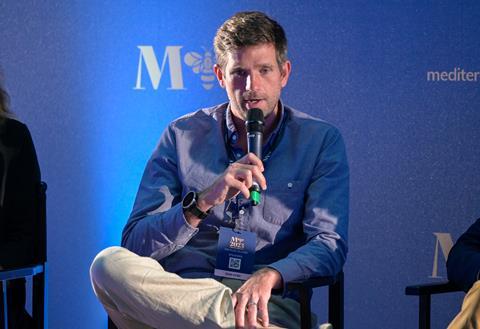
The rise of virtual production and the use of techniques such as LED volume walls may be useful, but there is always be a need for physical locations, said leading international location professionals at the inaugural Mediterrane Film Festival in Malta this week.
“The physical location will always trump a studio location in that the audience would like to see the characters move through the location. You can’t replicate that 100% of the time on stage,” said Michael Glaser, a US-based locations manager who has worked on films including Christopher Nolan’s Inception and Interstellar.
He was talking as part of a panel conversation about the importance of location shoots in film and TV production, and the challenges the industry faces with ever-advancing technologies and the rise of urban development in cities throughout the world.
Additionally, directors still choose places based on aesthetics and logistics as their key factor, said Tanja Ladovic Blasevic of the Croatian Audiovisual Centre. Netflix’s The Grey Man shot scenes in Croatia without making use of the tax incentives, solely because the streamer wanted to film specifically in one of Croatia’s national parks, said Blasevic.
While LED volume walls mean one can shoot a scene that takes place in the summer during winter, among other advantages, they also limit the creative freedom of the talent during production, agreed the speakers. It also struggles with reflective surfaces, so filming a greenhouse for an LED Volume Wall would be effectively impossible.
Peter Gluck, a locations manager who has worked on films including The Suicide Squad, Captain Marvel and The Fabelmans, pointed out: “Unless the environment on a project is completely computer generated, “someone’s going to have to go out and scout those real-life locations” for the plate shots used by LED Volume Walls.
But for some shoots they are invaluable. “I recently worked on a Star Wars series called Skeleton Crew and the majority of the production was shot on a ‘volume set’,” said locations manager Ted Kim, whose recent credits also include work on Don’t Worry Darling and Babylon. “For something like Star Wars it’s quite essential because you can’t scale locations that don’t exist in the real world.”
Urban development
The Malta speakers also decried the rise in development leading to difficulties when selecting a location for a TV show or film.
On a street with ten period houses, “one modern building can drive you nuts,” Glaser said. To film on that street, hours of post-production work are needed to amend modern buildings, windows, etc. to fit the rest of the street.
Similarly, the harbour where Kevin Reynolds filmed scenes for Count Of Monte Cristo in 2002 is now home to a modern marina and super-yachts says Joseph Formosa Randon, a Malta- based location scout, whose credits include Jurassic World: Dominion.
“We need to find the compromise between keeping locations available for productions that make sense for them to come, otherwise they’ll probably end up on a stage with a screen [because] they can’t move the camera because suddenly there’s something that’s completely wrong for the movie,” Randon said.
In urban places such as Los Angeles, the demolition of parking garages has meant that not only is filming the area more complicated, but the logistics of setting up units and crews are more difficult, added Kim.


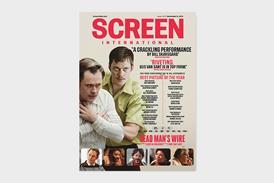
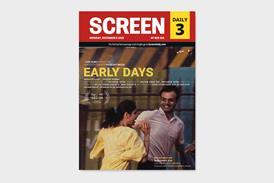
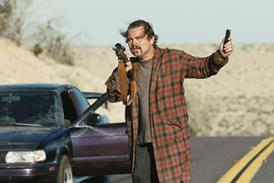

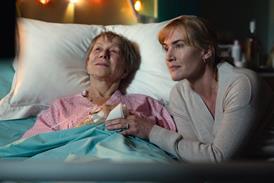


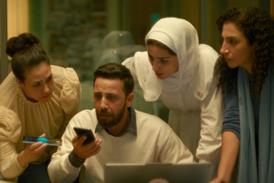






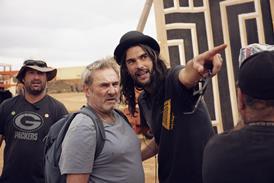







No comments yet